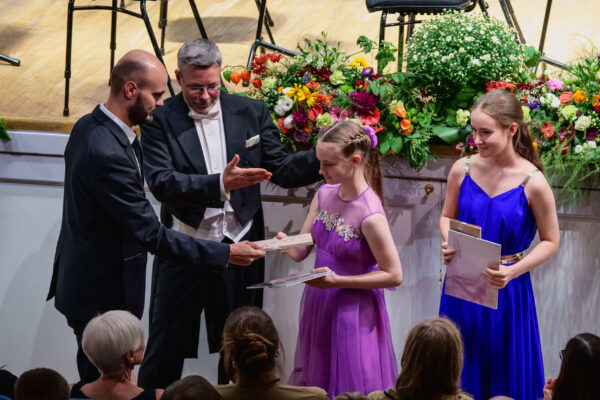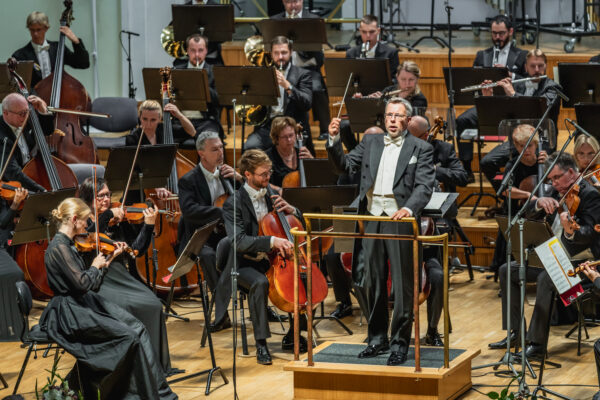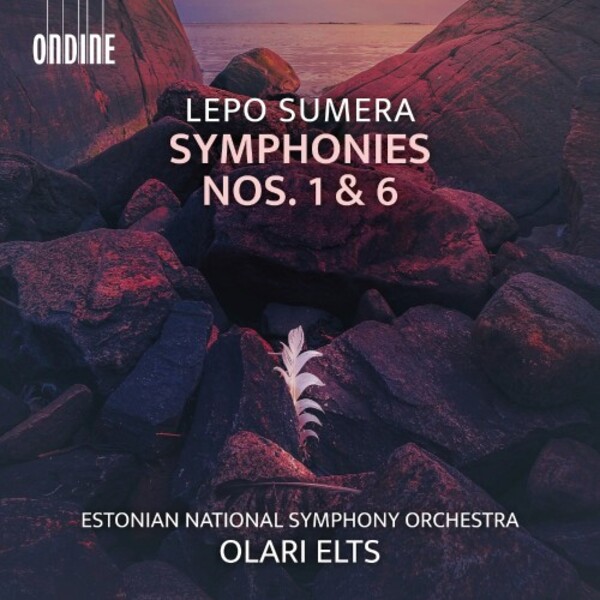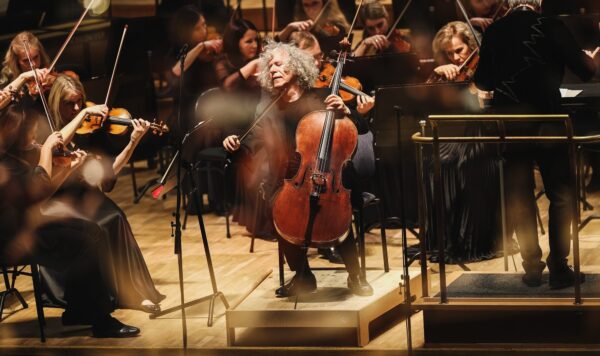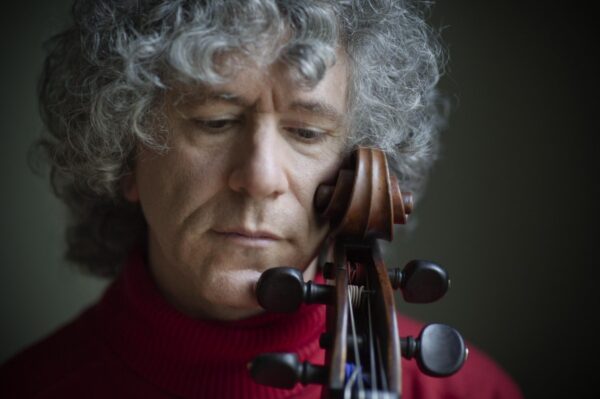Kontserdid
- 16.10.25 kell 13:00 - Estonia kontserdisaal
- 17.10.25 kell 18:00 - Estonia kontserdisaal (eelkontsert)
- 17.10.25 kell 19:00 - Estonia kontserdisaal
- 24.10.25 kell 18:00 - Estonia kontserdisaal (eelkontsert)
- 24.10.25 kell 19:00 - Estonia kontserdisaal
- 30.10.25 kell 19:00 - Restoran MEKK
- 31.10.25 kell 19:00 - Estonia kontserdisaal
- 06.11.25 kell 19:00 - Vanemuise kontserdimaja
- 07.11.25 kell 19:00 - Estonia kontserdisaal
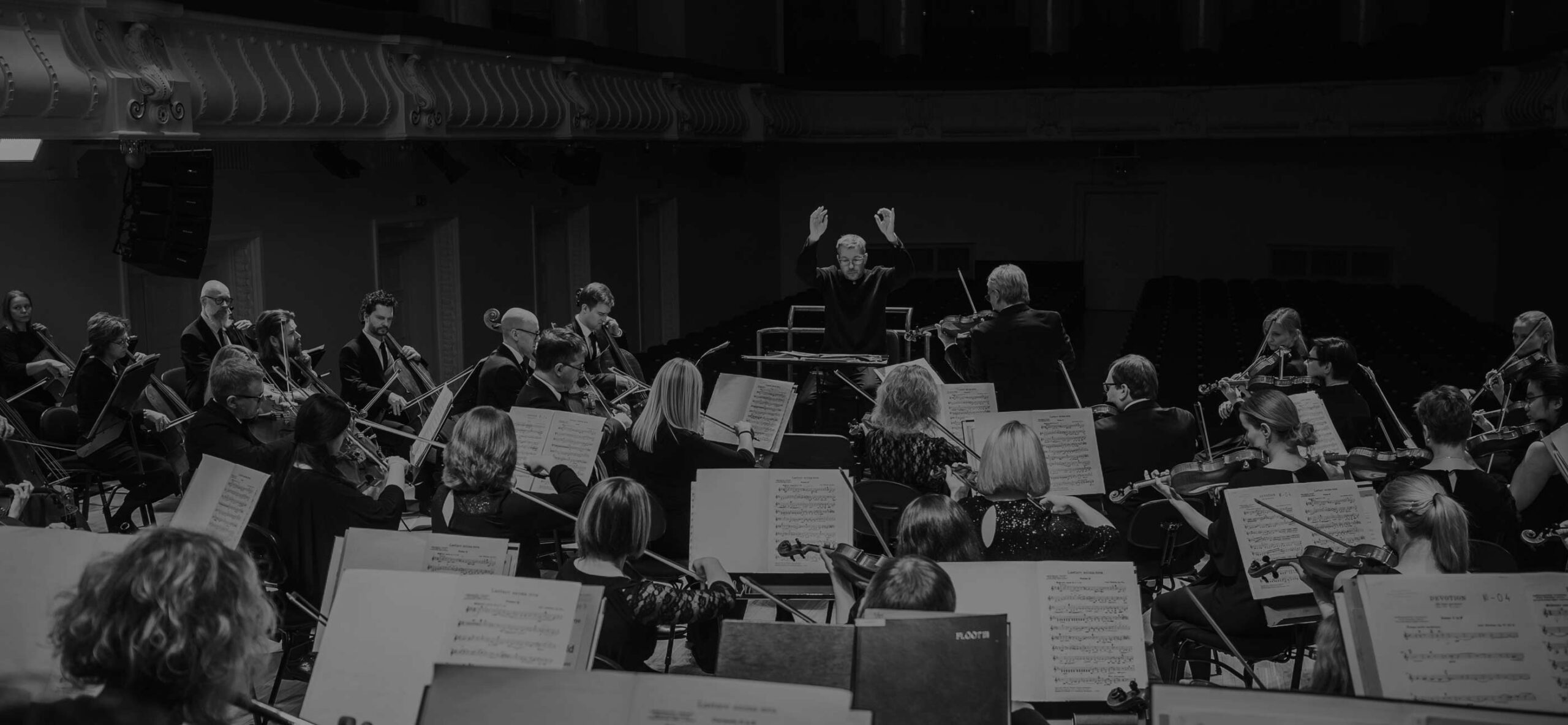
Orkestrist
Eesti Riiklik Sümfooniaorkester (ERSO) on elav ja mitmekülgne orkester, kes püüdleb alati tipptaseme poole. Eesti vanima ja mainekaima regulaarselt tegutseva sümfooniaorkestri kontserdid toimuvad Estonia kontserdisaalis ning osad sündmused on korraldatud koostöös sihtasutusega Eesti Kontsert. ERSO ajalugu ulatub aastasse 1926 ning sarnaselt paljude omataolistega maailmas on seotud rahvusliku ringhäälingu sünni ja arenguga. Alates 2020 on enam kui 100-liikmelise orkestri peadirigent ja kunstiline juht Olari Elts.
Loe edasiUudised
ERSO avakontserdil anti üle Olari Eltsi nimeline stipendium
ERSO pressiteade 20.09.2025 ERSO peadirigendi ja kunstilise juhi Olari Eltsi nimelised stipendiumid pälvisid tänavu viiuldaja Anna Katarina Tralla ja tšellist [...]
ERSO 99. hooaeg “Sajandi lävel” toob välisturnee ja uue kontserdisarja, jäävad aga mure palganumbri ja kontserdimaja pärast
ERSO pressiteade 08.09.2025 Reedel, 19. septembril alustab ERSO oma 99. hooaega „Sajandi lävel“ piduliku avakontserdiga. Dirigent Olari Eltsi juhatusel [...]
Sumera sümfooniad nr 1 ja nr 6
Andrew Mellor, Gramphone Lepo Sumera on ilmselt kõige tuntum selle poolest, et ta oli laulva revolutsiooni ajal Eesti kultuuriminister. [...]
Hinnatud tšellisti lennukus ja Helena Tulve sügav teos tõid kevadised kõlavärvid Estonia kontserdisaali
Liisi Laanemets, Eesti Päevaleht Reedel ERSO-ga koos musitseerinud maailma ühe hinnatuma tšellisti Steven Isserlise mängumaneer oli enesekindel ja isetu. [...]
ERSO kevadkontserdil soleerib maailmakuulus tšellist Steven Isserlis
Eesti Riikliku Sümfooniaorkestri pressiteade 10. märtsil 14. märtsil esineb ERSO ees solistina üks meie aja parimaid tšelliste Steven Isserlis. [...]
ERSO kontsert keskendub valguse ja pimeduse võitlusele
Eesti Riikliku Sümfooniaorkestri pressiteade 27. veebruaril Reedel, 28. oktoobril kell 18.00 astub ERSO ette legendaarne dirigent ja viiuldaja, barokkmuusika [...]

 ENG
ENG


 "
" 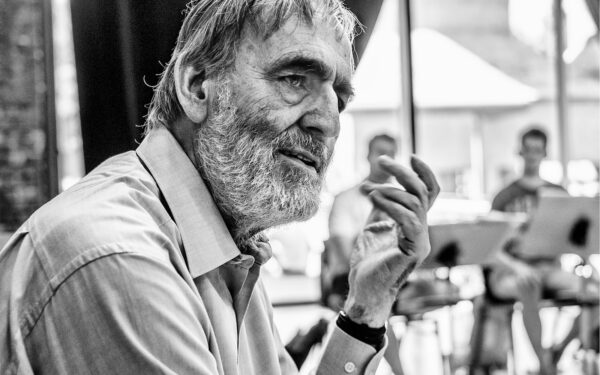 "
" 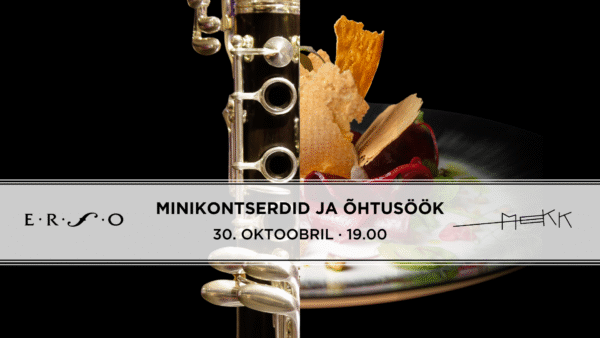 "
"  "
" 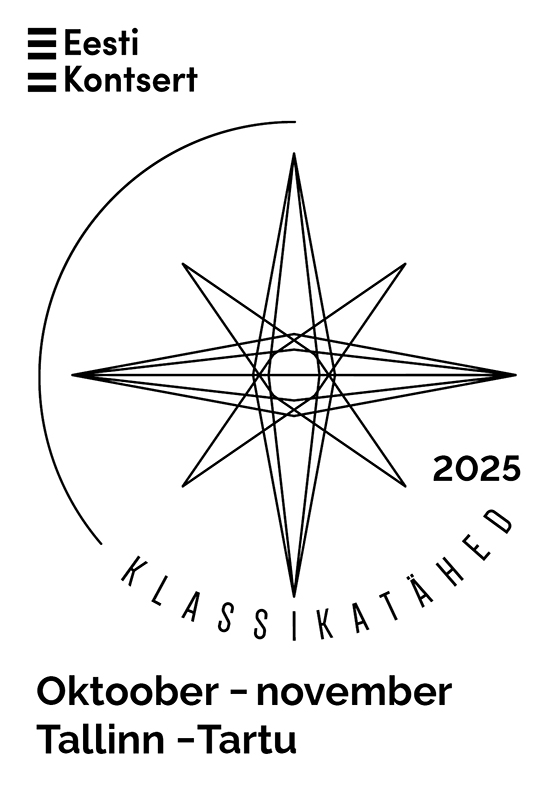 "
" 
